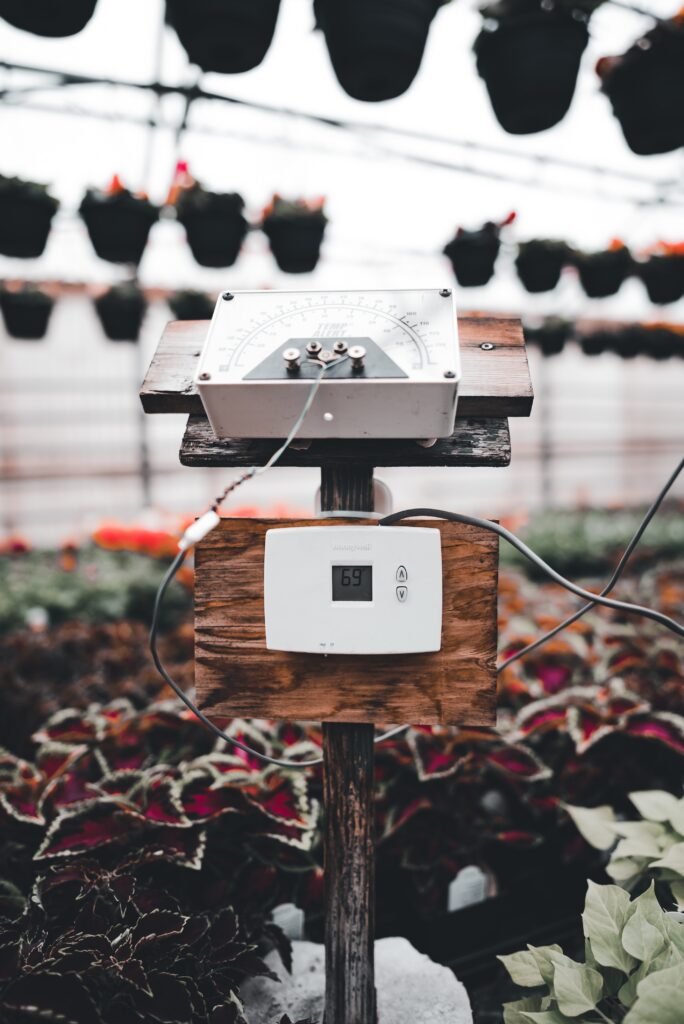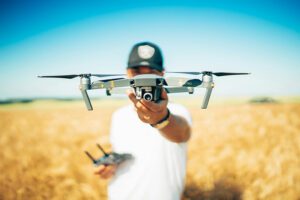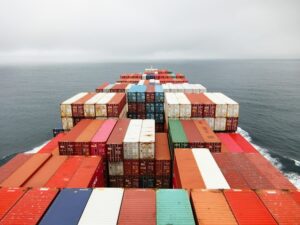Artificial Intelligence (AI) is being deployed in agriculture to drive tractors, detect weeds, monitor biodiversity, and calculate food waste, ushering in the era of smart farming. AI monitors multiple data points on farms to understand crop health in different conditions and predict yields, leading to better harvests and higher profits at a time when the human population is predicted to reach 10 billion people around 2060.
AI monitoring provides data at unprecedented scale and may set the stage for a future with less food waste and more targeted herbicide use. An indoor farm in Kentucky, AppHarvest, uses AI sensors to understand the microclimate surrounding crops, monitors ripeness, and has a robotic arm that harvests tomatoes. For outdoor farms, AI sensors are being used to secure perimeters, alerting farmers when there is a breach by a person or large animal.
Monitoring biodiversity
A pilot program in the British town of Somerset was launched to monitor biodiversity on a farm using artificial intelligence (AI). Innovate UK, the state’s national innovation agency and the Department for Environment, Food, and Rural Affairs (Defra) are funding the project. They have partnered with Chirrup AI, which monitors birdsongs to reveal the number of bird species present on a farm, and AgriSound, which uses sensors to monitor the presence of pollinators. Other organizations dedicated to biodiversity protection are also involved in the project, taking place on Hemsworth Farms in the UK. The AI sensors will monitor which birds and invertebrates visit the farm, as well as what crops and flowers to which they are attracted. The findings may offer a greater understanding of how to best protect biodiversity on farms, which has seen steep declines in recent years. According to Forbes, pollinators account for between $235 and $577 billion worth of annual food production globally. However, more than half of native North American bee species are declining, according to the Center for Biological Diversity.
Climate change is causing seasonal temperature and rainfall patterns to shift, greatly affecting harvests, and causing food prices to spike. The number of AI startups has greatly increased in recent years, as sensing technology improves and can be scaled more cost effectively. AI will likely soon become standard on large farms for targeted herbicide application, security, and to monitor optimal harvest conditions. Using artificial intelligence to stay one step ahead of climate change enhances efficiency in food production, which is vital as the global population continues to grow.














